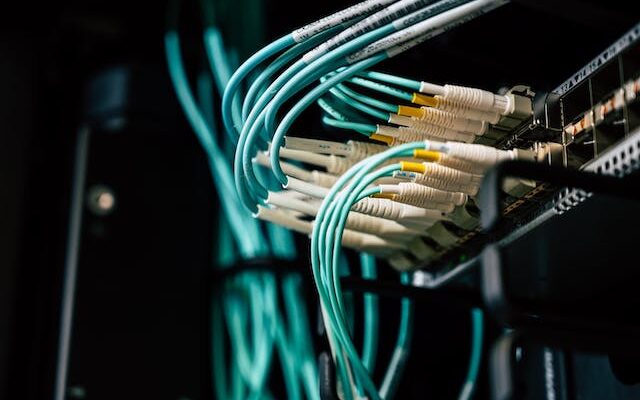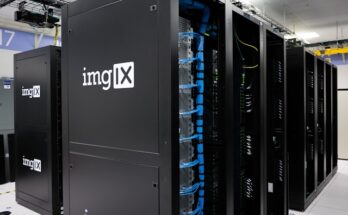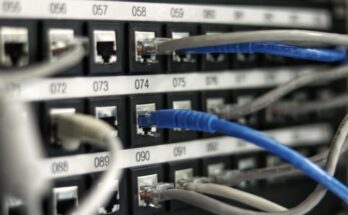In our increasingly digital world, the role of data cabling in supporting communication and connectivity is crucial. Designed to simplify this complex topic for people, this article aims to provide an in-depth understanding of data cabling.
Understanding Data Cabling
Data cabling, unlike traditional wiring methods, involves using specific cables to transmit data from one device to another. The cornerstone of this system is structured cabling, a design that organises cables in a way that makes data transmission more efficient and reduces potential network errors.
Types of Data Cables
There are several types of data cables used in Australia, each serving a unique purpose. Ethernet cables, often used for local area networks (LANs), offer reliable speed and performance for short to moderate distances. Fibre optic cables, capable of transmitting data at high speeds over long distances, are ideal for businesses with heavy data usage. Coaxial cables, though older technology, are still used in certain applications like cable internet and television.

Components
A data cabling system comprises various components, including connectors, patch panels, and racks and enclosures. Each of these plays a vital role in the overall system, affecting everything from signal quality to system organisation. Proper installation and organisation of these components are crucial for optimal performance.
Applications
Data cabling finds applications in a variety of settings. In residential environments, it enables high-speed internet connectivity and smart home integrations. Commercial settings utilise data cabling for inter-office communication and data sharing. In industrial settings, data cabling underpins the communication between machines, sensors, and control systems.
Australian Standards
Australia has set specific standards for data cabling to ensure safety and performance. These standards, outlined on FT Comms, cover everything from installation practices to maintenance requirements.

Installation
When planning a data cabling installation, several factors come into play. These include cable length and routing, cable management, and future scalability. The process is complex and requires expert knowledge, which is why professional data cabling installation is often recommended.
Troubleshooting and Maintenance
Data cabling systems can sometimes experience issues that affect performance. Common problems include physical damage to cables, incorrect installation, and network interference. Regular maintenance and troubleshooting can help identify and resolve these issues before they impact system performance.
Understanding data cabling and its implications is becoming increasingly important as our reliance on digital connectivity grows. For further information or assistance, resources such as FT Comms can be invaluable. As we continue to advance into the digital age, the need for efficient and effective data cabling installation will only become more vital.




